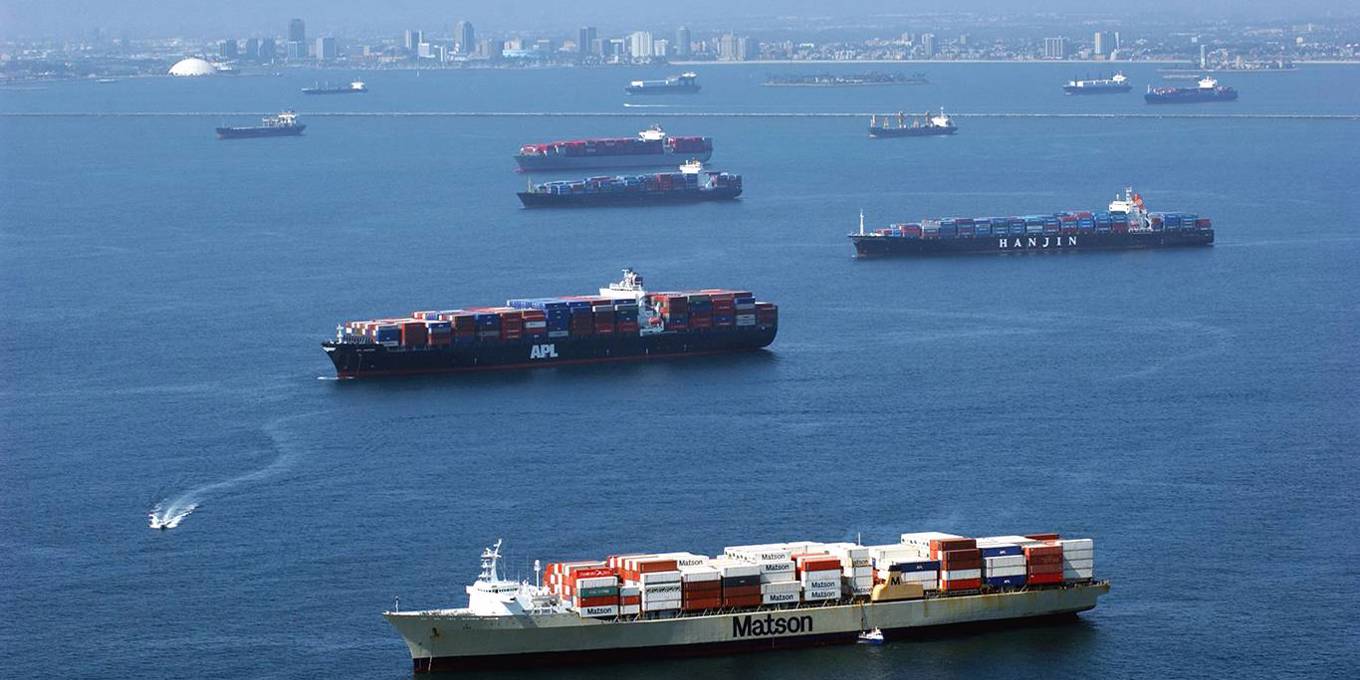
– Aideé Saucedo Dávila
LONDON – Delegates from over 190 countries recently gathered in Lisbon for the United Nations Ocean Conference, the most important event on this issue this year. Opening the meeting, UN Secretary-General António Guterres urged governments “to raise their level of ambition for the recovery of ocean health.”
Governments must heed that entreaty. Climate change has become a constant factor in the ocean’s decline. Rising sea levels, coral reef degradation, and more severe coastal weather events suggest a bleak future for an ecosystem that spans almost three-quarters of our planet.
But if one thing was obvious in Lisbon, it is that a growing number of governments – from Fiji to the United States – are starting to crack down on a sector that relies exclusively on the dirtiest and most polluting fossil fuels: the international shipping industry. The Marshall Islands, the US, Kenya, and Denmark called for immediate action to achieve zero-emission shipping by 2050, while the UN secretary-general pressed the sector to “present credible plans” to achieve this goal.
Shipping is the most efficient mode of transport for most goods, moving around 80% of all traded products every year. It is here to stay. But global shipping emits more than one billion tons of carbon dioxide annually, equivalent to the emissions of 243 coal-fired power plants. Recent projections show that the problem could get even worse, with shipping emissions reaching 90-130% of 2008 levels by 2050 if we fail to act.
The International Maritime Organization, the specialized UN agency that regulates maritime transport, must play a key role in reducing shipping-related emissions and improving the industry’s energy efficiency. The IMO is currently revising its 2018 climate strategy, which aims to reduce shipping emissions by at least 50% by mid-century. Encouragingly, a growing number of IMO member states favor aligning the sector with the 2050 zero-emissions target set by the 2015 Paris climate agreement. The US, the United Kingdom, and 12 other countries raised this issue at last year’s UN Climate Change Conference (COP26) in Glasgow, bringing more global attention to shipping than ever before – at least as far as UN climate summits go.
But setting a distant decarbonization deadline is not enough, given climate scientists’ repeated warnings that global warming is on course to reach 1.5° Celsius, relative to pre-industrial levels, by 2037 – not 2050. The IMO must listen to the scientists and seek to secure an agreement among member states during the current negotiations to eliminate shipping emissions well before mid-century.
In addition, countries need to set gradually increasing emissions-reduction targets for key economic sectors, with modest goals for as early as 2025 followed by more ambitious objectives for 2030 and 2040. For example, researchers have suggested cutting shipping emissions by at least 34% by 2030 in order to reach zero by 2050.
A concrete, step-by-step decarbonization pathway at the global level will nudge countries to move the industry progressively away from hydrocarbons and toward clean and sustainable fuels. The European Union is already embarking on this path by proposing to include shipping emissions in its carbon market and by setting sustainability targets for marine fuels.
A truly ambitious IMO climate strategy could drive a wave of green innovation in the shipping industry. Firms would have to invest their multibillion-dollar profits in the development and uptake of clean fuels such as green hydrogen, green ammonia, and battery technologies, and in replacing their fossil-fuel-powered fleets with zero-emission vessels. Along the way, they should improve their fleets’ energy and operational efficiency, which is one of the fastest ways to cut shipping’s climate pollution.
For many people around the world, whether the world sets clear targets for clean shipping and manages to limit global warming to 1.5°C, rather than 2°C or higher, is an existential issue. Small island states already on the front line of the climate crisis are most at risk of a global temperature rise above these levels, as a recent report by the UN’s Intergovernmental Panel on Climate Change highlighted. Limiting global warming to 1.5°C rather than 2°C can reduce sea-level rise this century by ten centimeters – meaning ten million fewer people will be at risk of coastal flooding.
The UN Ocean Conference declaration stated that the IMO must urgently align its climate ambition with the Paris agreement’s global-warming targets and set “clear interim goals” to start reducing the shipping industry’s greenhouse-gas emissions “as soon as possible.” This is a welcome if long-overdue step. Governments and shipping firms, working with the IMO, must now translate this ambition into firm targets and concrete measures.
Aideé Saucedo Dávila, a researcher at University College London’s Energy Institute, is a climate negotiator for Tonga at the United Nations International Maritime Organization.
Copyright: Project Syndicate, 2022.
www.project-syndicate.org










